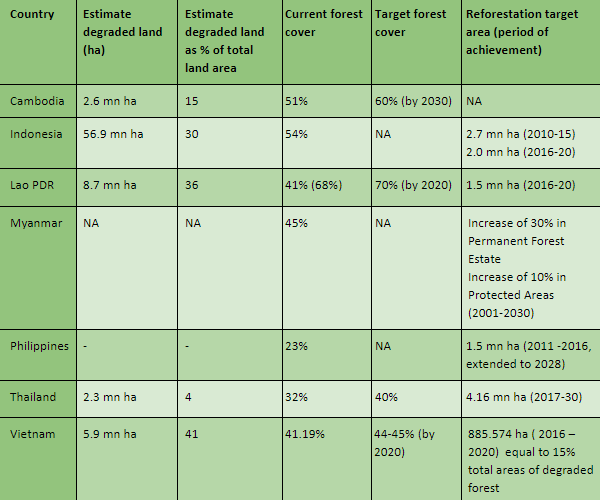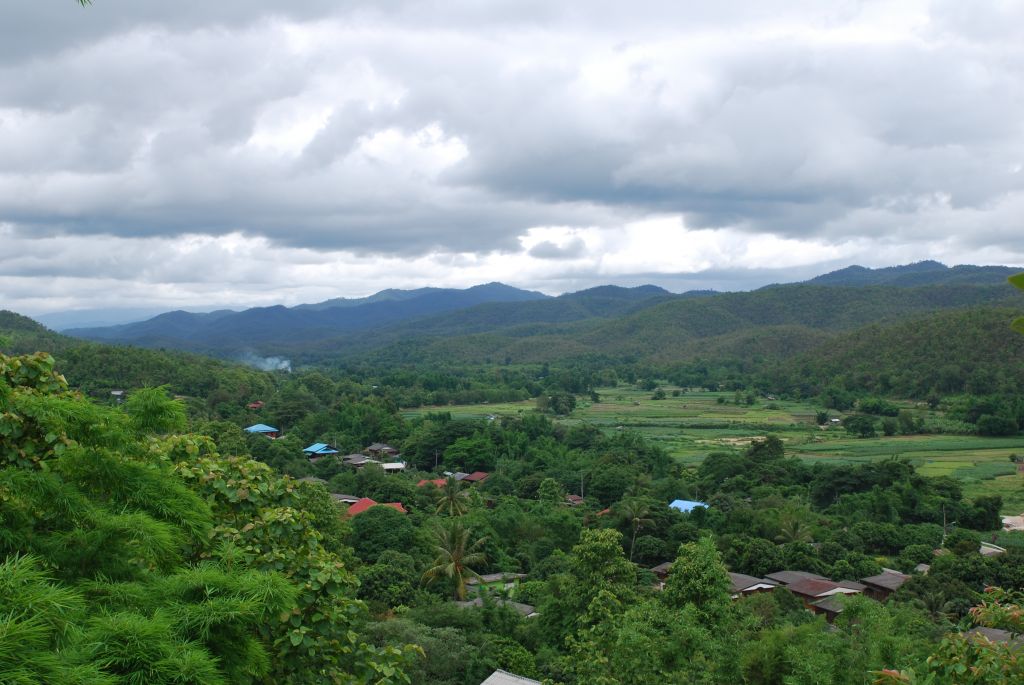Want a healthy natural environment (and headache free)? One key step is respecting the rights of local communities

My head is sore. Nothing to do with Bangkok’s air pollution problem I think. It is more to do with reading the countless news articles of how we are abusing our natural environment (and each other). One result is that there are vast areas of degraded land covering the world. The area of degraded land in Asia varies according to whom you ask, but it is estimated to be between 12 million to 2,501 million ha - that is a lot of football pitches/fields (and another sore head as I try to understand this scale).
What is the cause of this degradation? There are various reasons, but one key factor, that is universally acknowledged, is the weak tenure and rights of those living in and around forests. Because tenure and rights of the real forest owners are being ignored it means that there is little to no land stewardship. Where you get strong tenure and rights for locals, you get buy-in, ownership, protection and sustainable investments; where these rights are ignored or abused, you get the loss of natural forests and massive land degradation.
As countries in the region work to restore the degraded land (see the table below for an overview of some Southeast Asian countries) they must keep in mind that tenure and rights is at the heart of any of these efforts - in other words, without clear and strong rights for local communities most restoration efforts are doomed to fail.
Table 1. Degraded land, forest cover and reforestation targets of majority of ASEAN Member States (AMS)

RECOFTC is working with various stakeholders to ensure that restoration efforts do not get caught in the trap of failing to respect the tenure and rights of local communities. This is one of the key reasons why we advocate for forest landscape restoration (FLR) - including its emphasis on effective participation of the local communities in any restoration efforts and ensuring that the tenure and rights of these people is clear and strong.
What is FLR?
Forest landscape restoration (FLR) is the ongoing process of regaining ecological functionality and enhancing human well-being across deforested or degraded forest landscapes. FLR is more than just planting trees – it is restoring a whole landscape to meet present and future needs and to offer multiple benefits and land uses over time.
RECOFTC is implementing a capacity development program covering the key areas of forest landscape restoration. This program is partly based on a capacity development needs assessment that is helping to identify the key capacity gaps to achieving successful forest restoration through FLR. The multi-functional program that includes addressing issues of tenure and rights, livelihood development, and the financing of FLR, targets various stakeholders ranging from government to the financial and private sectors as well as the general public.

RECOFTC’s capacity development program of training, research, strategic communication, and piloting and demonstration, places a great deal of emphasis on the general public. In other words, YOU, recognising that one WE can address the various environmental challenges facing US is the first step. Come learn more, and we can realise this together at the 2nd People and Forest Fair, which will highlight Forest Landscape Restoration (FLR) at the BACC Bangkok on 4 March 2018.
I am looking forward to being headache free, and so should you…

